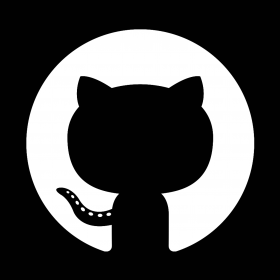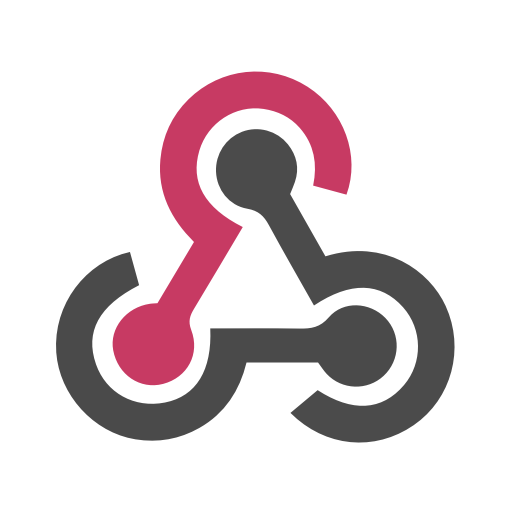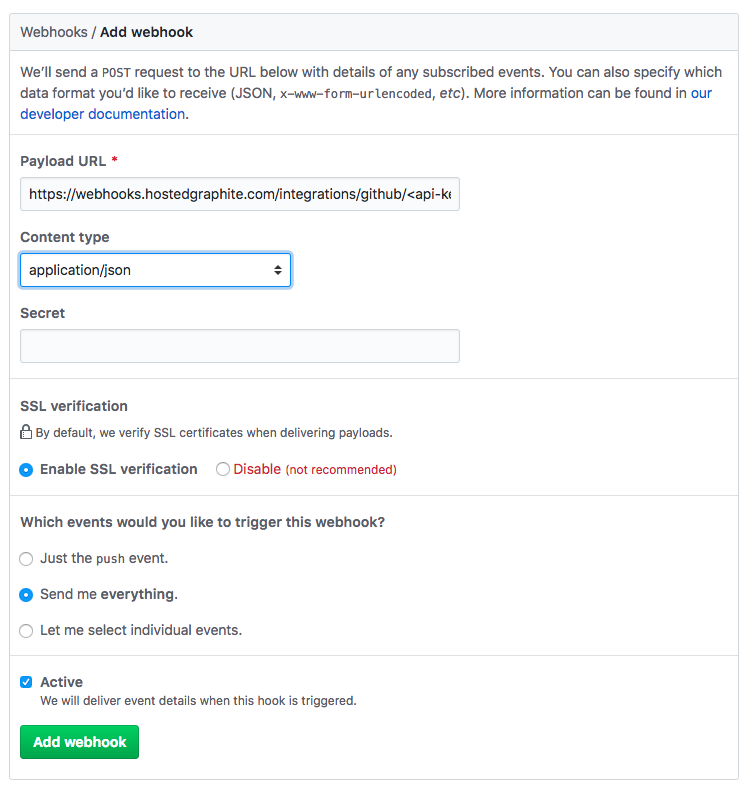 +
+

To integrate GitHub and webhooks with your monitoring system, please reach out to MetricFire. Book a demo with the MetricFire team to discuss integrating GitHub and webhooks and how that can support your monitoring system.
MetricFire makes it easy to collect data from your repositories, and visualize GitHub events in the form of dashboard annotations. To enable our webhook integration, copy the webhook from Add-Ons => GitHub in your Hosted Graphite account:
Then add the webhook to your GitHub repo, in the ‘settings’ section => ‘webhooks’

Additionally, there is also a Telegraf Input plugin for GitHub. This plugin will send a variety of metrics to your Hosted Graphite account for increased visibility into your repositories. See our handy blog article with detailed configuration instructions HERE, and the official GH repository HERE.
With MetricFire, you can use Webhooks in three different ways. First, you can use webhooks generated in your Hosted Graphite account to connect to 3rd party platforms and services, including CircleCi, Pingdom, GitHub, GitLab, Sentry, and more. This will import events from your services to the Hosted Graphite backend that can be viewed as annotations. See our Add-Ons and integrations docs for more details per service.
Second, you can use custom Webhooks as a programmatic notification method for when an alert is triggered. See the Hosted Graphite Alerting Guide for more information.
Third, you can monitor the performance of your application's webhook endpoints using the Telegraf agent:
MetricFire is a full-scale platform that provides infrastructure, system, and application monitoring using a suite of open-source tools. We will aggregate and store your data as time series metrics, which can be used to build custom dashboards and alerts. MetricFire takes away the burden of self-hosting your own monitoring solution, allowing you more time and freedom to work on your most important tasks.
MetricFire offers a complete ecosystem of end-to-end infrastructure monitoring, comprised of open-source Graphite and Grafana. MetricFire handles the aggregation, storage, and backups of your data, and offers alerting, team features, and API's for easy management of your monitoring environment. You can send server metrics using one of our agents, custom metrics from within your application code, and integration metrics from a variety of popular 3rd party services that we integrate with like Heroku, AWS, Azure, GCP, and many more!
Our Hosted Graphite product has improved upon standard Graphite to add data dimensionality, optimized storage, and offers additional tools and features that provide customers with a robust and well-rounded monitoring solution.
Monitoring ZFS across your business's server infrastructure is crucial for ensuring data integrity, optimizing... Continue Reading